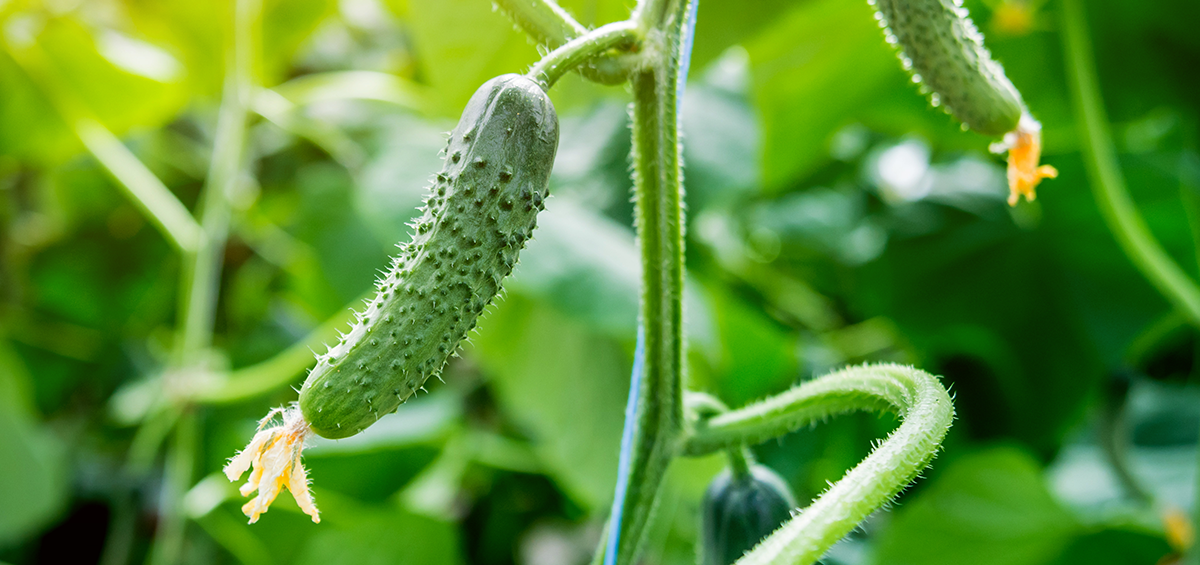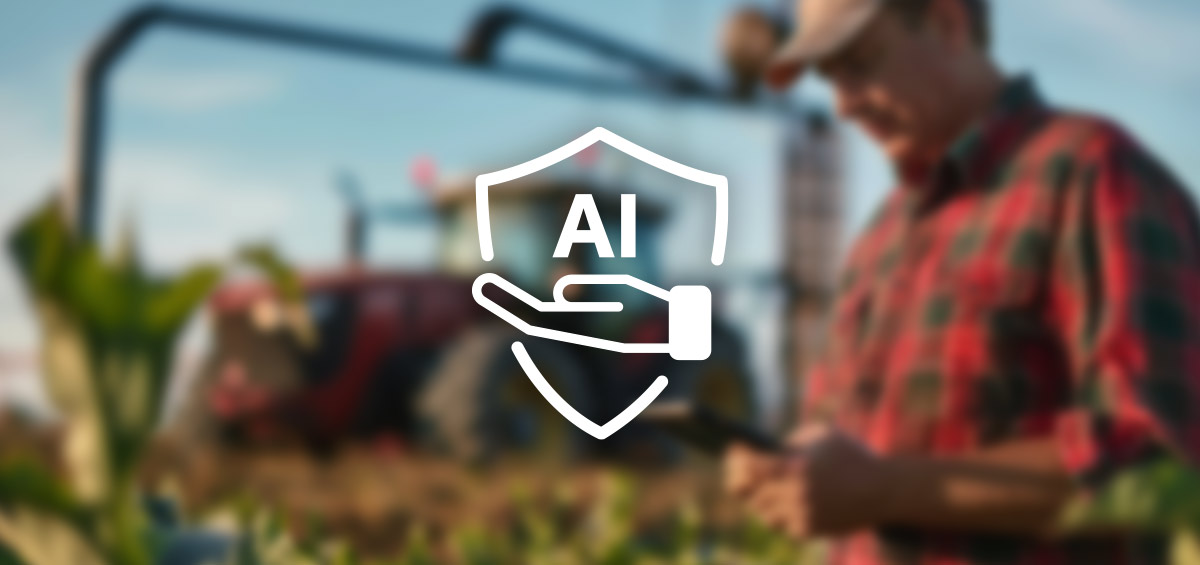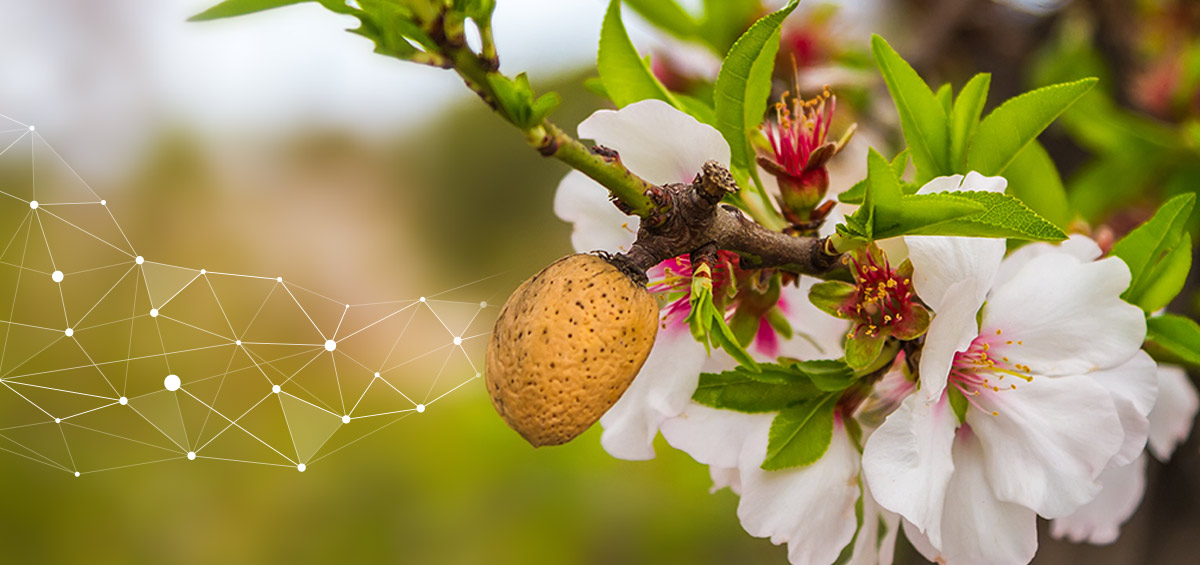Cucumber bitterness is caused by a group of highly oxygenated tetracyclic triterpenes, the cucurbitacins
In commercial growing of cucumbers, accumulation of cucurbitacin in fruits can be induced by environmental stress during growth, such as an extended period of heat, extreme temperature fluctuations, drought and uneven watering. Stress causes translocation of nutrients from vegetative parts of the plant to the fruit thus making fruits become bitter.
Fruit bitterness can be reduced by minimizing environmental stress during the growing season and by planting varieties that have very low levels of cucurbitacins. Here is the short guide which can help farmers to prevent cucumber bitterness:
- Growing site – sunny and fertile field with well-drained soil is preferable. Cucumber grows best under conditions of high temperature, humidity, and light intensity and with an uninterrupted supply of water and nutrients. To provide those condition, an ideal solution is raised beds or mounds so the soil becomes warm early in the season and stays warm.
- Planting and spacing – since cucumbers need plenty of space for growth, hills should be apart at least 90 cm, and 20 to 30 cm plant apart within a row. Best time to plant is when frost danger is passed and when the soil is warmed up to 16°C.
- Trellising – cucumber vines can be trained on trellises to save space and improve yield and fruit quality. The high cost of trellising makes commercial production by this method uneconomical in most cases but greenhouse cucumbers must be trellised, because the long fruits bend if they rest on the ground. Besides that, trellising increase harvest efficiency, pest management efficiency and reduce fruit loss due to soil diseases.
Greenhouse cucumber farming
- Continuous water supply – water stress is one of the main cause of fruit bitterness, so constant watering, especially during the early stages of growth is needed. Soil needs to be moist, but not wet. Also, using the mulch or plastic cover will prevent soil moisture evaporation and reduce weeds in the field.
- Constant temperature – extreme temperature fluctuation and also a high temperature over an extended period of time can induce cucumber bitterness. Maximum fruit production is achieved with a night temperature of 19-20°C and a day temperature of 20-22°C.
- Varieties – perhaps the most frustrating reason for cucumber bitterness is simple genetics; there is a recessive trait that can cause a plant to produce bitter fruit from the start.
To achieve the best quality of fruits, AGRIVI farm management software gives farmers best practices for cucumber production with pests’ alarms. Complete cucumber farming with knowledge what to do during the season, farmers can find in the form of tasks. The system alerts farmers for possible pest attack based on weather conditions on fields and gives them the list of active substances for the treatment of these pests.
Beside this, in AGRIVI system farmers can also track all field activities from tillage to harvest through seasons, map their fields, register farm inventory, machinery, people and all farm finances. Based on data of your crop production you enter into the system, it gives you a great overview of overall farm health through its powerful analytics.
Avoid cucumber bitterness on time and achieve the best cucumber harvest ever with AGRIVI.
Text source: World Knowing Harvest to Table Gardening Know How
Image source: Caldicott’s Nursery Chinese Academy of Agricultural Sciences






